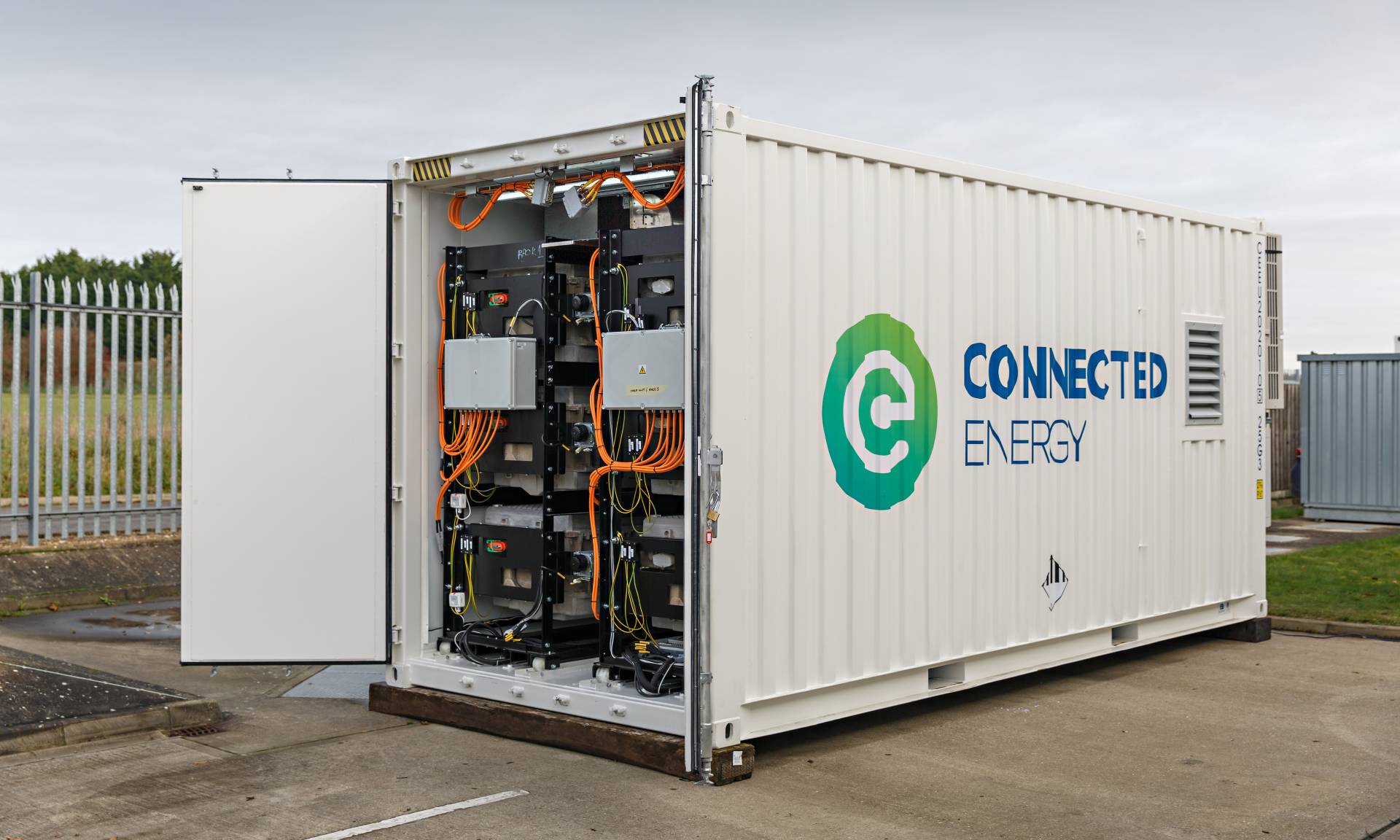The chances are if you’re reading this that you’re working on a plan to make your campus and estate more carbon efficient, because just over 80 per cent of estates managers, in a survey of 148 conducted by Buro Happold, identified moving away from gas as the biggest step to become a net zero carbon university.
Jane White, AUDE Executive Director, which co-funded the survey said: “It’s no surprise that 80% of survey respondents identified a change to energy provision as the single biggest step they could take in moving to a net zero future. Around half of university estates’ carbon emissions come from natural gas usage. Investment in alternative low carbon heat sources…are firmly on the radar amongst university estates leaders.”
Jane identified the barriers to making this change, but Cranfield has overcome many of them, and is a great example of how to make headway in the single most important area for carbon reduction and affirmative climate change action available for universities and colleges.
Cranfield is installing the biggest second-life battery storage system to date in the UK. Its new battery energy storage system (BESS) will allow the site to balance its energy behind the grid, and accommodate a newly extended solar farm and an air source heat pump, to reduce reliance on the gas-combined heat and power system (CHP).
This is exactly the sort of transition many estates are looking for – a way to move away from gas heating to an air source pump system, while also using clean electricity to power it.
Gareth Ellis, Cranfield University’s Energy and Environment Manager acknowledges that it has not been a quick process and that securing funding was crucial to their success:
“We’ve spent ten years working on cleaning up our energy at Cranfield and having the flexibility to prioritise clean electricity generation on site will make a big difference. Switching to clean technology requires many changes to come together and the grant from BEIS has allowed us to progress these plans for the campus much sooner than would otherwise have been feasible.”
The grant was for £5m, secured through the Department for Business, Energy and Industrial Strategy’s (BEIS) Public Sector Decarbonisation Scheme (PSDS), managed through Salix.
One of the significant factors in Cranfield’s grant success was its choice of second life vehicle batteries in the energy storage system.
There is intense competition for new battery cells in the electric battery supply chain, with most earmarked for vehicles, meaning long waits for first life battery systems. Using second life batteries meant Cranfield could be sure of installation within the original grant time frame.
Connected Energy is supplying three containers, each housing 24 second-life Renault Kangoo van batteries to operate across the Cranfield campus. One will take excess solar generation at the weekends and deliver this back to the campus on Monday. Two others will connect the battery storage system directly into two of the site’s 40 transformers.
The use of a second life battery system also has the added bonus of making a dramatic improvement to carbon reduction and delivering on environmental, social, and governance (ESG) targets.
Using batteries in their second life is a perfect example of driving the circular economy - extending the life of products which use rare resources that are hard to recycle. The message is simple yet powerful as Matthew Lumsden, CEO of Connected Energy explains:
“We have developed BESS technology that uses the EV batteries exactly as they being used in the car but within a storage system, so that as far as the batteries are concerned, they are in a car.
“This means all the safety and R&D invested in the batteries remains intact as the batteries start their second-life. It makes complete environmental, engineering, and emotional sense.”
As a postgraduate university specialising in science, engineering, design, technology and management it’s to be expected that Cranfield should be an early adopter of innovative energy solutions. The good news for other estates is that this is a template which others can now easily follow.


